Perhaps you have heard that gardens do better when you add compost. That is all well and good, but you still have questions. Specifically, how big is a bag of compost, and how many do you need for your garden? In this post, we gathered information from around the web to provide a useful and thorough answer.
Usually, compost is sold in 1 cubic foot bags. However, any size from 1/2 cubic foot to three cubic foot bags is also common. From bulk sellers, you can even buy bags of compost that are hundreds of cubic feet large. Generally, using one cubic foot of compost per 12 square feet of the garden is a minimum recommended compost application.
Keep reading the rest of this post for details on compost bag sizes. We also cover how to decide how much compost to put on your garden and the advantages compost confers to your garden. We also provide directions on how to use compost.
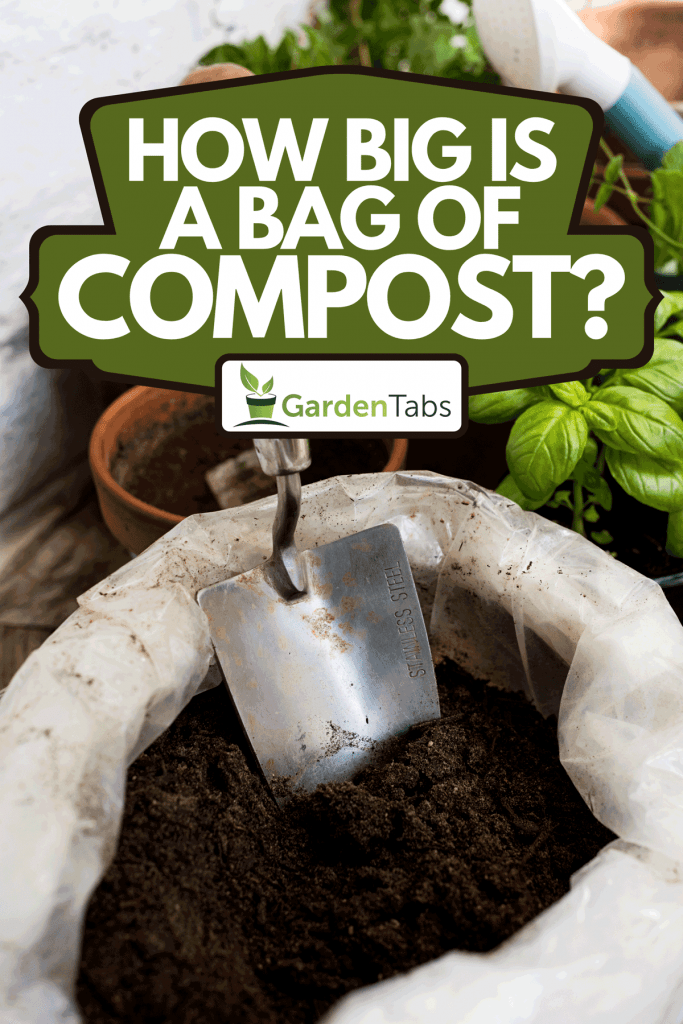
All About Compost Bag Size
Like most items for sale today, compost comes in many different-sized packages. In this section, we discuss the common compost bag sizes.
What size is a standard bag of compost?
The most standard size for compost is a one cubic foot bag. These bags are relatively light but still large enough for practical use. They weigh about 35 to 40 pounds.
Click here for a standard-sized bag of compost from Amazon.
This weight means for most gardeners the bags will feel heavy but not so heavy as to prevent use and movement. This weight consideration is part of why one cubic foot is the standard size for bags of compost. A heavier bag might be too heavy, and a smaller bag would be impractically small.
Other Compost Bag Sizes
As mentioned above, compost is also commonly sold both as bags smaller than a cubic foot and in larger bags such as 2 or 3 cubic foot bags. If you are interested in these alternative sizes, you can ask at your local home improvement or gardening store.
Click here for a very small bag of compost from Amazon.
The smaller bags are generally specialty compost. These are appropriate for specific indoor uses or for the gardener interested in very exact outcomes. Generally, the average gardener will want to avoid the smaller bags because of their increased cost per cubic foot.
The larger bags are sold to be used on larger projects and for professionals such as landscapers. While they are harder to handle, they create less waste and cover more ground when being spread out.
Bulk Compost Bags
In addition to the compost bags discussed above, which can all be purchased at most gardening stores, bulk compost bags are also available. These bags are usually sold directly by the compost producer and are 27 cubic feet and larger.
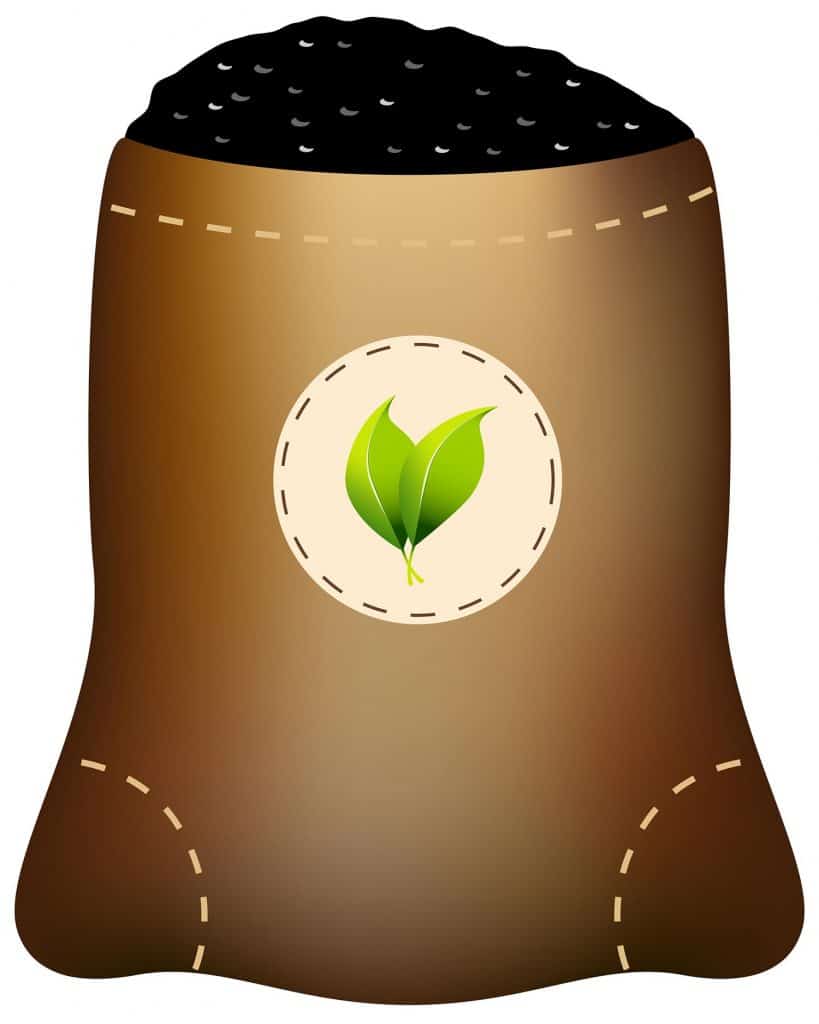
Per cubic foot, buying bulk is almost always cheaper. So, if you need a large quantity of compost you might want to call around to local suppliers to investigate shipping and delivery. These bags are heavy-duty refillable bags that you can get delivered directly to your property.
Other Ways to Get Compost
If buying bags of compost is not what you are looking for, there are a few alternative ways to get compost to your garden.
First, you can order shipments from local suppliers. They will show up with a dump truck and dump the compost wherever they can easily reach the truck. This compost is sold by the square yard.
Click here for a personal compost bin from Amazon.
Alternatively, you can collect yard and food waste to make a compost pile of your own. As the organic material rots, it creates everything the exact product sold in bagged compost.
Why do you use compost?
Bagged compost has many landscape and gardening uses. Compost adds organic material, macronutrients, micronutrients, and microorganisms to garden soil. These elements help plants grow their leaves, produce their fruit, and even fight off infection.
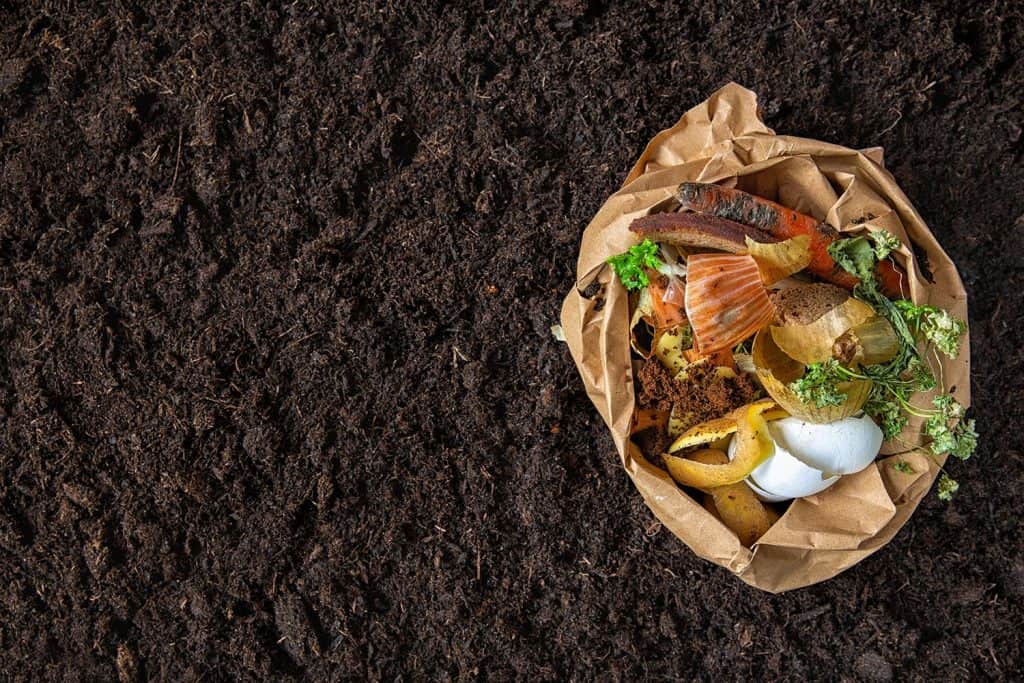
In addition, the rich organic nature of compost helps your soil retain moisture. This advantage means that your thirsty plants are more likely to have access to the water they need during the hot summer months.
How do you use bagged compost?
There are a few ways to used bagged compost. They include spreading it over the top of the soil, turning the compost into the soil while you till in the spring, amending directly at the base of plants with compost, mixing the compost into new plant holes, and mixing the compost into planters.
Spreading Compost Over Soil
To spread, simply take the compost bag, cut it open, and spread it over the ground. An easy technique is using a shovel to cut a large hole in the bag to make dumping the compost easier.
Click here for a garden rake from Amazon.
Rather than spread the compost out by pouring it from the bag. Poor it in a pile and use a shovel and a rake to spread the compost out. Spreading is a good option if you want to add compost after planting seeds or starts.
Tilling Compost In
Tilling your compost in is probably the most effective way to ensure that your garden gets the full benefit of the compost. Simply follow the directions for spreading and then till your garden in whatever method you prefer. Tilling is only possible before any plants go into the ground.
Spot Ammending Around Plants
For perennial gardens, and for late-season amending, you can simply spread the compost out localized around the base of the plant. This helps bring more compost nutrients and advantages directly to the plants and areas that need it most.
Mixing into Plant Holes
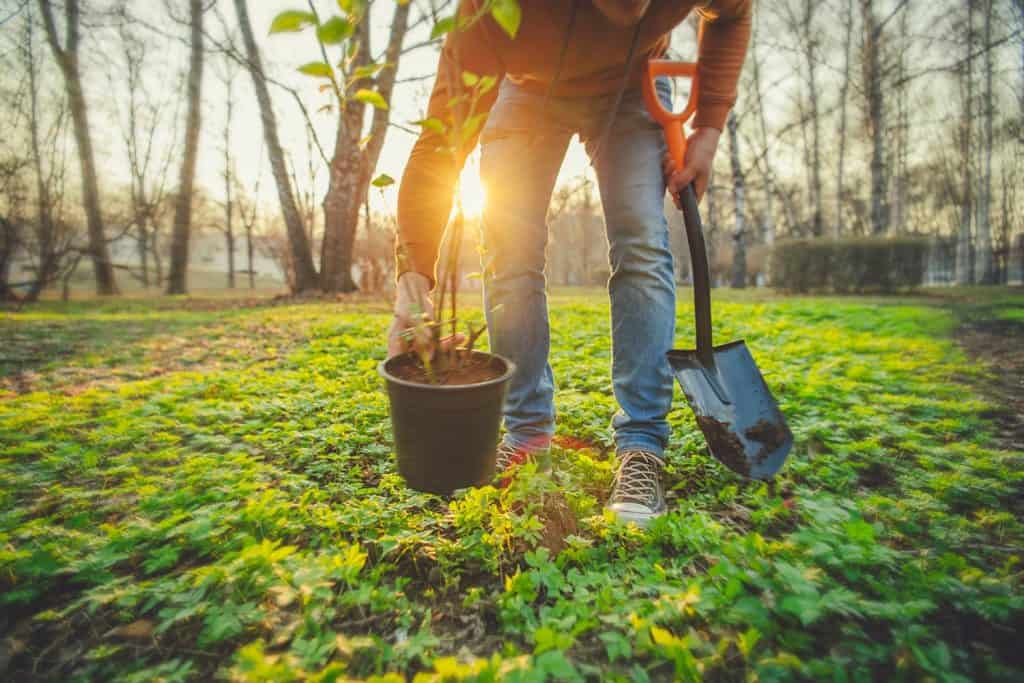
If you are planting a larger perennial or even annual, it is recommended that you fill the hole with about 30 percent compost. Simply dump the bags into the hole until it looks to be about a third full. Mix the compost and the other soil together before planting the plant.
Mixing into Planter
For planters, add about 25 percent compost. Mix this together with the other soil before you start planting plants in the pot or other container.
How much compost is needed for a garden?
The most accurate answer to this question is that it depends on the garden. Gardens that have very organic-rich soil and have a lot of topsoil need less compost. Newer gardens, or gardens with chronically bad soil, require more compost.
As a general rule of thumb, you should spread between 1-inch to 2-inches of compost on your soil per year. Adding up to four inches is appropriate if you are going to be tilling the compost in. Experts advise against bringing your compost content to over 30% of the total soil makeup.
How much does a 40 lb bag of compost cover?
Compost is usually sold by volume, not weight, for a very good reason. Namely, over time water evaporates out of the compost, and it gets lighter. On the other hand, if the compost gets rained on, it will become much heavier.
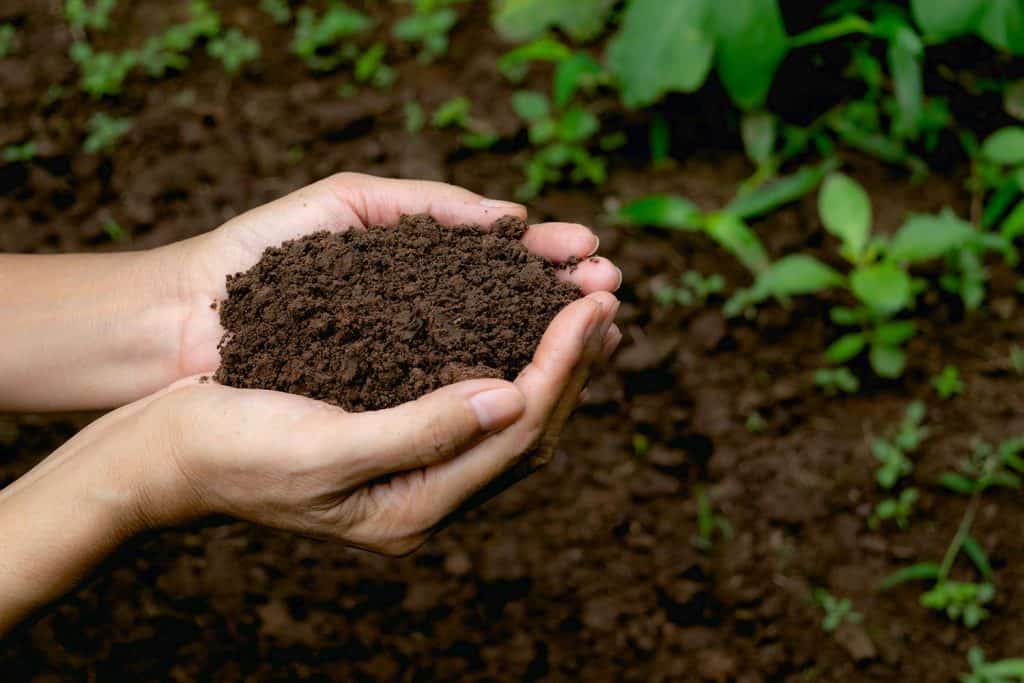
However, 40 pounds is about the weight of one cubic foot of most compost brands. To determine how much garden that amount will cover takes a little math.
For instance, say you plan to cover your soil with 1-inch of compost. One square foot of space thus takes 1/12th of the entire bag of compost. This means that one 40 pound bag of compost covers 12 square feet of space at a depth of 1-inch or 6 square feet of space at the depth of 2-inches.
How much compost does it take to fill a planter?
It is recommended that you fill a planter with about 25 percent compost. Find or estimate the whole cubic space of the planter by using general geometry equations (volume of a cube/box, the volume of a cylinder, etc) and fill accordingly.
Since this is far from an exact science, it is also appropriate to simply eyeball the percentage of compost that you are adding to your planters.
How many bags of compost does it take to make a yard?
When amending a yard before planting landscaping, it is generally a good idea to take the same advice that you would when adding compost to a garden. That is to say, add 1-inch or 2-inches if you are going to put the compost on top or up to 4-inches if you are going to turn the compost in.
For example, say you have a 500 square foot yard and you want to put 1-inch of compost on the entire yard. In this example, divide 500 by 12 (square feet covered per bag from above). This gives you a grand total of 41.66. This means a 500 square foot yard requires 42 bags of 1 cubic foot compost.
In Closing
Gardeners love compost, so there is a lot to learn about this topic. To get you started, here are some great articles from Garden Tabs:
- Does Compost Go On Top Of Soil?
- 6 Types Of Compost You Should Know
- How Big Are Typical Compost Bins, Tumblers, Or Piles?
In this post, we answered how big compost bags are, how to use compost, how much compost to spread per square foot, and the advantages that compost confers to a yard. Good luck!




